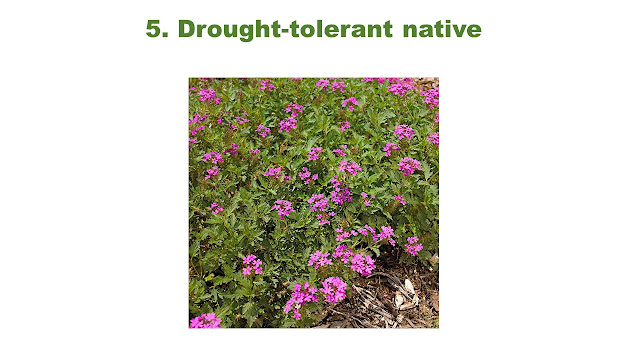Growing Perennial Border Plants
A variety of plants that provide interest in at least three seasons is the hallmark of a well-designed perennial border garden. Creating a dynamic display requires some thought about leaf shapes, sizes, colors, and textures. Without good compost, gardens can be flat and dull. But to really bring out the contrast, it's important to arrange your selections so that taller plants are in the back and shorter plants are in the front. Think of it like taking a group photo. To help you find the perfect plants to place at the front of your display, these 10 varieties of perennial border plants are easy to care for and provide a variety of textures and colors throughout the seasons.
1. Beautiful floor covering
Ground covers help ensure that every inch of soil is covered with plants, so fewer weeds can pop up. Using a native plant for this job is a great way to avoid inadvertently planting an invasive or invasive landscape. A good choice is a foamflower (Tiarella cordifolia). This perennial has colorful foliage and each spring, it produces white flowers that bring early pollinators to your garden. Eventually, they'll create a non-invasive cushion of leaves that fill the spaces between other plants in your mixed border.
2. Shadow Lover
Coral beads (Heuchera) add not only color with their leaves to a shady border garden but also texture with their curved edges. These shade-loving plants can handle a variety of soils and conditions once established, except wet soil. Some types of coral beads can even absorb the sun. In spring and summer, small pink, red, or white flowers rise on tall stems, attracting various pollinators.
3. Star throughout the year
Hens and chicks (Sempervivum tectorum) are also known as house leek or its generic name, Sempervivum. This hardy European succulent ground cover has won the hearts of many gardeners for its adaptability, drought tolerance, and interesting pink and yellow flowers. Hens and chicks bloom every year and look beautiful year-round, even with moderate care. Be sure to plant them where they will spread slowly and remain undisturbed for years.
4. Deer-resistant perennial
Grass-like sedges (Carex) come in a variety of sizes and colors. For example, the 'Milk Chocolate' New Zealand hair sedge (C. commens) shown here has bronze foliage. Native banana-leafed copper produces broad green leaves. Regardless of their appearance, deer tend to leave coppers alone. Many coppers, including these two examples, grow in elegant, low-growing clumps that work well as an edging plant for your perennial border garden. Some types of copper prefer the sun, while others do better in the shade, so you can find a set to suit any environment you have.
5. Drought-tolerant native
Rose verbena (Glandularia canadensis) is a beautiful flowering native plant that grows naturally on rocks, meadows, and roadsides where life is tough and competition is fierce. Its resilience makes rose verbena an ideal garden plant that is drought-tolerant and beautiful. Reaching less than two feet in height, these perennials root where their stems touch the ground, giving established plants a mounded appearance. Purple-pink flowers appear in summer.
6. Colorful flowers for shade
Lungworts (Pulmonaria) make great additions to perennial border gardens because their silvery leaves and pink or purple spring flowers bring a splash of color where few other plants can. Additionally, these beauties are deer and rabbit resistant.
7. Fall color
Native to eastern North America, hardy geranium (Geranium maculatum) provides many seasons of interest for border gardens. Its finely textured foliage creates an attractive landscape when planted in masses. In spring, hardy geraniums produce delicate pink to purple flowers that attract pollinators, and in fall a rainbow of yellow, orange, red, and purple leaves.













0 Comments